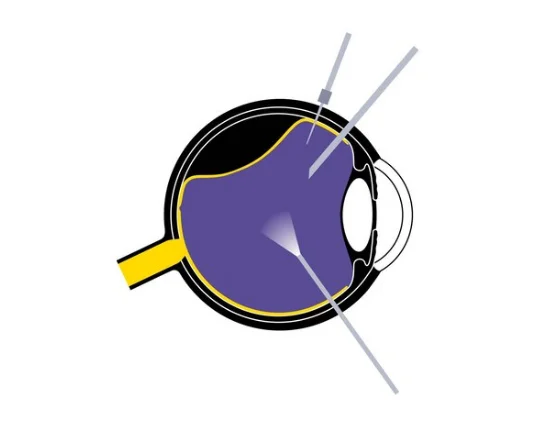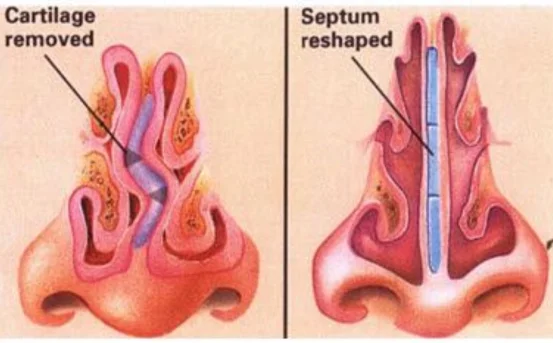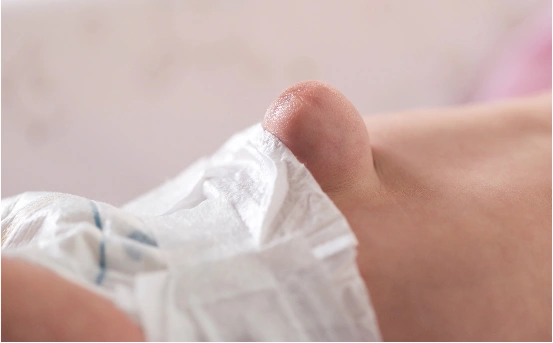Balloon Sinuplasty surgery has emerged as a highly effective solution for long-term relief from chronic sinus conditions. Unlike traditional sinus surgery, Balloon Sinuplasty does not require cutting or removal of bone and tissue. Instead, it uses a tiny balloon catheter to gently widen blocked sinus passages and restore normal drainage.
Chronic sinus problems can significantly impact quality of life. If you’re constantly dealing with nasal congestion, facial pain, or sinus infections, you may have come across a treatment option called Balloon Sinuplasty surgery. This minimally invasive procedure has grown in popularity due to its effectiveness and fast recovery. But when exactly is it needed?
What is Balloon Sinuplasty?
Balloon Sinuplasty is a minimally invasive surgical procedure designed to treat chronic sinusitis and related conditions. During the procedure, a small balloon catheter is inserted into the blocked sinus passage. The balloon is then gently inflated to widen the sinus opening and restore normal drainage, without cutting or removing any bone or tissue.
It’s typically performed under local anesthesia and often doesn’t require hospitalization, making it a preferred alternative to traditional sinus surgery.
Why Balloon Sinuplasty Surgery is Recommended?
Chronic Sinusitis
The most common cause for Balloon Sinuplasty is chronic sinusitis, a condition where the sinuses become inflamed and blocked for 12 weeks or more, despite medical treatment. This condition leads to :-
-
Persistent nasal congestion
-
Facial pain or pressure
-
Thick nasal discharge
-
Reduced sense of smell and taste
-
Headaches or pain in the forehead and around the eyes
Chronic sinusitis doesn’t always respond to medications like antibiotics, nasal sprays, or decongestants. When these fail, Balloon Sinuplasty offers a lasting solution by reopening the sinus pathways for proper drainage.
Recurrent Acute Sinusitis
Another major reason for undergoing Balloon Sinuplasty is recurrent acute sinusitis defined as four or more sinus infections in a single year. These episodes may resolve temporarily with antibiotics but tend to return frequently, disrupting daily life.
Balloon Sinuplasty can help by addressing the structural issues causing these recurrent infections, preventing future flare-ups.
Sinus Blockages Due to Narrow Sinus Openings
Some individuals naturally have narrow or small sinus openings, which makes them more prone to blockages and infections. In these cases, Balloon Sinuplasty is used to gently expand the sinus openings, improving airflow and drainage.
This structural improvement reduces the risk of sinus infections and chronic congestion, especially in patients who experience breathing difficulty even without a cold or allergy.
Inflammation from Allergic Rhinitis
People suffering from allergic rhinitis often deal with nasal inflammation and congestion. While allergies alone may not require sinus surgery, they can worsen chronic sinus problems over time.
If allergic rhinitis leads to persistent sinus swelling, drainage issues, or frequent infections, ENT specialists may recommend Balloon Sinuplasty as part of the treatment strategy to improve sinus ventilation.
Mucus Build-up and Sinus Pressure
Excessive mucus build-up in the sinus cavities can cause facial pressure, headaches, and even vision disturbances. When this build-up becomes chronic and doesn’t respond to decongestants or other medications, Balloon Sinuplasty can help relieve pressure and restore natural drainage.
This cause is often seen in patients with underlying anatomical issues or long-standing sinus infections.
Nasal Polyps Contributing to Blockage
While Balloon Sinuplasty is not a direct treatment for nasal polyps, it can be recommended alongside polyp removal if the patient has significant sinus narrowing. If the polyps are causing or worsening sinus blockage and inflammation, Balloon Sinuplasty may be used to widen the sinus passages after polyp management.
Deviated Nasal Septum (in selected cases)
A deviated septum can contribute to poor sinus drainage by partially obstructing the nasal passage. While septoplasty (surgical correction of the septum) is the primary treatment for this condition, Balloon Sinuplasty may be suggested in conjunction if sinus openings are also blocked.
It’s important to note that Balloon Sinuplasty doesn’t fix a deviated septum but can alleviate sinus symptoms when used in a comprehensive treatment plan.
Who is an Ideal Candidate for Balloon Sinuplasty?
You may be a good candidate for Balloon Sinuplasty if :-
-
You have been diagnosed with chronic sinusitis (lasting more than 12 weeks)
-
You have frequent sinus infections (4+ times per year)
-
Medical treatment (like nasal sprays, antihistamines, and antibiotics) hasn’t provided lasting relief
-
Your CT scan or nasal endoscopy shows sinus blockages or narrowed openings
-
You want a minimally invasive, outpatient solution with shorter recovery time
Patients with complex sinus anatomy, large polyps, tumors, or extensive infection may require traditional endoscopic sinus surgery instead.
Symptoms That Might Indicate You Need Balloon Sinuplasty
While the decision to undergo surgery should be made by an ENT specialist, these symptoms often point to conditions that may benefit from Balloon Sinuplasty :-
-
Facial pressure that doesn’t go away
-
Constant postnasal drip
-
Congested or blocked nose almost daily
-
Loss of smell or taste
-
Headaches around the eyes, forehead, or cheeks
-
Chronic fatigue due to poor sinus drainage
-
Breathing difficulty not related to seasonal colds
Benefits of Balloon Sinuplasty Surgery
Understanding the causes for Balloon Sinuplasty becomes clearer when we look at the benefits it offers compared to traditional sinus surgery:
-
Minimally invasive :- No cutting or removal of tissue
-
Faster recovery :- Most patients resume normal activities in 24-48 hours
-
Local anesthesia :- Often done in an ENT clinic setting
-
Preserves natural anatomy :- Unlike traditional sinus surgery, it doesn’t alter the sinus structure
-
Effective results :- Long-term relief from sinus symptoms in most patients
Risks and Considerations
While Balloon Sinuplasty is considered safe, it’s important to understand potential risks :-
-
Bleeding or infection (rare)
-
Temporary nasal congestion or discomfort
-
Incomplete relief if there are underlying anatomical problems
-
Not suitable for all patients (e.g., extensive sinus disease or large nasal polyps)
Always consult a board-certified ENT specialist who can recommend the best treatment after evaluating your condition thoroughly.
Conclusion
Balloon Sinuplasty is a revolutionary approach to treating chronic and recurrent sinus problems. Whether you’re suffering from chronic sinusitis, narrow sinus openings, allergic sinus inflammation, or repeated infections, this procedure may provide the lasting relief you’ve been seeking.























